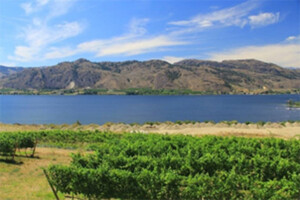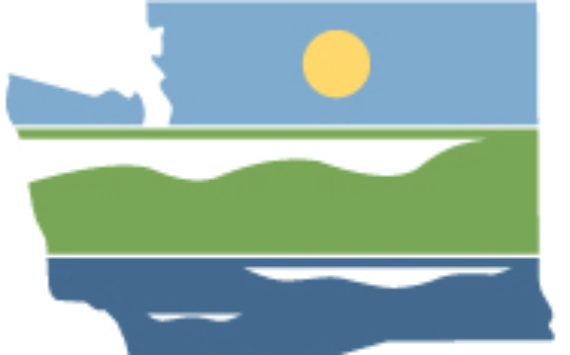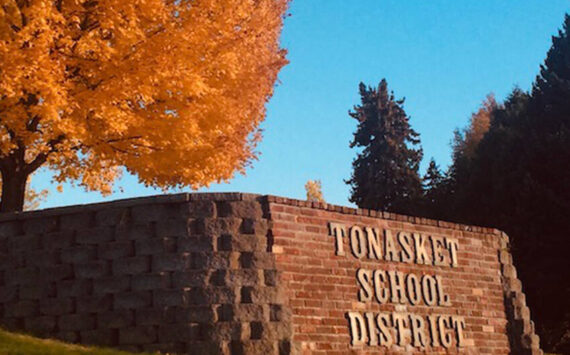Spring runoff is underway in the Okanogan Valley
OROVILLE – Water levels in Osoyoos Lake are rising as melting snow brings annual spring runoff. The lake serves as a source of water for irrigation and summer recreation in both British Columbia and Okanogan County.
“Snow packs in Canada are more in line with seasonal averages, and the lake is filling on a relatively normal schedule,” explained Al Josephy, with the Washington Department of Ecology’s Water Resources Program. “The lake has only begun its typical steep trajectory over last weekend.”

Lake Osoyoos at Oroville
Ecology regulates Lake Osoyoos by operating gates at Zosel Dam on the Okanogan River at Oroville, Washington, to meet mandated water levels agreed upon by the International Joint Commission of the Boundary Waters Act between the United States and Ecology regulates Lake Osoyoos by operating gates at Zosel Dam on the Okanogan River at Oroville, Wash., to meet mandated water levels agreed upon by the International Joint Commission of the Boundary Waters Act between the United States and Canada.
The target is to achieve mandated spring levels by about June 1 this year. This depends on weather and snowmelt high in the Okanagan Valley of British Columbia. In the meantime, the gates are wide open at Zosel Dam to allow for maximum flows. At this time, in May, high flows on the Similkameen River below Oroville can backup into the Okanogan River, causing the lake level to rise.
“Residents are reminded that during the spring runoff the lake often rises beyond 913 feet and can reach as high as 915 feet, or higher, though rarely,” Josephy said. “This can cause inconvenience and occasional flooding to property owners along the lake and down to the site of the dam itself. This phenomenon is driven by snowpack and temperatures, and cannot be controlled by Zosel Dam.”
Once the snow has melted, usually between May and July, Zosel Dam can return to its role in regulating the lake levels through the summer and into the fall and winter.





